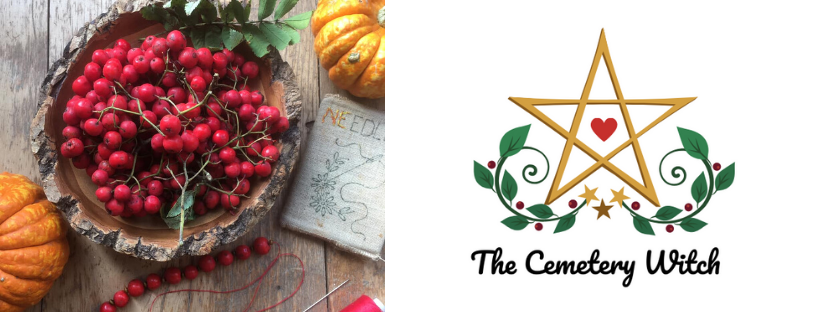I don’t even know where to start when it comes to 2020. Aside from the main issue that has hung over us, affecting all our lives in a myriad of ways, this was a great period of self-development and transformation for me. I achieved a lot this year.
Last night I took some time out to celebrate, and to offer my gratitude and thanks. I’m grateful for getting through this year unscathed, and for the many blessings and people in my life. My coven sisters, my husband, my friends, my family, and my Facebook and Instagram families.
Thank you all for being here. Thank you for every interaction, each comment of support, each like, each share, each follow. Thank you for all your inspiring posts and teachings. Thank you for being there for each other, and supporting one another. Love and kindness is the only way.
I’m wishing you all a very happy, healthy and abundant 2021.
